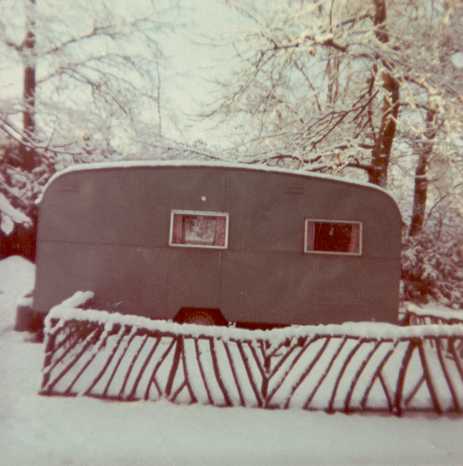I spent my first seven years living in a caravan nestled at the edge of a woodland. My earliest memories include mum talking to magpies and dad using a matchstick to splint a sparrow’s broken leg. I think I was destined to become a birdwatcher.

After years of watching birds with toy binoculars I bought Leica Ultravids and became an atlaser for the New Atlas of Australian Birds. The commitment to survey a two hectare site meant birdwatching became a priority amongst the joys of being a mum, a primary school teacher and serving on environmental committees.
Whenever I wandered down the paddock, along the creek or into the bushland I’d enjoy the magical mysteries of honeyeaters feeding from blossoms, wrens snuggled together on low branches and tiny thornbills feeding cuckoos while robins and fantails followed me to feast on the insects I disturbed. I spent many hours stretched out on the dry paddock grass watching a pear-shaped nest of cobwebs gradually stretch to hold the three Mistletoebird babies tucked inside and I became so distracted by Golden Whistlers tending their nestlings that the fallen branch on which I was sitting sank deeper into the swamp until it was too late to escape with my dignity.
There were times when I took ‘heart photos’ committing images to memory. One of the clearest is a male Superb Fairy-wren resplendent in full breeding plumage and posing with a golden yellow petal in his bill. At other times I took a camera, a humble specimen with no hope of catching images of pardalotes leaving their tunnel regardless of how vigilantly I tried.
In March 2012 I was awed by the finalists of the Birdlife Australia photograph competition. I finally realised that to get the kind of image I so admired I needed decent equipment. A new era began with the purchase of a camera that wouldn’t fit in the back pocket of my jeans: a Canon 7D along with a 100-400mm L IS USM lens (and multiple upgrades since then).
In the words of Joseph Campbell, ‘Follow your bliss’.
Happy birding, Kim
